#precolumbian textiles
Explore tagged Tumblr posts
Note
I've got some resources for Anonymous! Worth noting: the technique has a variety of other names, including "needle knitting", "anillado cruzado", and many others.
First, here's a tutorial for the very very most basic concept. It produces a plain, one-color band that is rooted in the edge of a fabric. The author (Laverne Waddington) learned it from one of her native textile teachers in Potosí, Bolivia.
(Check out the rest of the website, it’s a great resource for all kinds of practical textile techniques. The main focus is South American, but she has also traveled to study under native textile artists from around the globe.)
It's way simpler than naalbinding. It's literally just sewing into the previous row. It's like a cross between buttonhole stitch and Van Dyke stitch.
Buttonhole needle lace: the stitch is taken in the loose swag between loops. It is repeated back and forth in horizontal rows, creating a staggered brickwork effect.

Van Dyke Stitch: the stitch is taken around the neck of the previous loop. It immediately repeats below, creating a straight stacked effect.

Cross knit looping: the stitch is taken around the neck of the previous loop. It is repeated back and forth in horizontal rows, creating an overall visual effect that looks like stockinette knitting.

Congrats, that's it. That's the only stitch.
That one stitch is so incredibly versatile, however, that it's all the Nasca needed to create breathtakingly glorious art.

Everything you see here is cross knit looping. All made just with that one stitch.
The complexity is created by using color changes, increases and decreases, starting new branches, taking the stitch in free-form angles, and working in three dimensions over a central core of padding.
(also, each one of these figures is TINY, and the entire thing is perfectly double-sided!) Here's an article about the specific textile, written by one of its main researchers:
Here are links about the revival of the technique by the indigenous people of the Andes. Sadly short on details, but they do contain some images of new artworks.
Many of the most useful and/or authentic resources are in Spanish; search for "anillado cruzado".
I intend to (eventually) work out the pattern of this Killer Whale Holding a Severed Head design, held in the American Museum of Natural History:

Could you point me in a good direction to learn more about the (preferably pre-columbian) american use of "cross knit looping"? I keep finding references to it in articles about nalbinding, but I'm having difficulty finding sources that talk about it specifically or in depth.
Despite all the textile posts for months, I actually know very little about textile production in the Americas. It's partially the result of preservation not being great for organics in Jalisco. So there really has been no need for me to learn about it. Instead, I will tag my friend @girlinthebrightbluejeans who studied textiles and might be able to answer your question.
#precolumbian art#precolumbian#nasca#nazca#cross knit looping#anillado cruzado#paracas#the paracas textile#peruvian textiles#textile history#textile art#textiles#quechua art#indigenous art
433 notes
·
View notes
Text
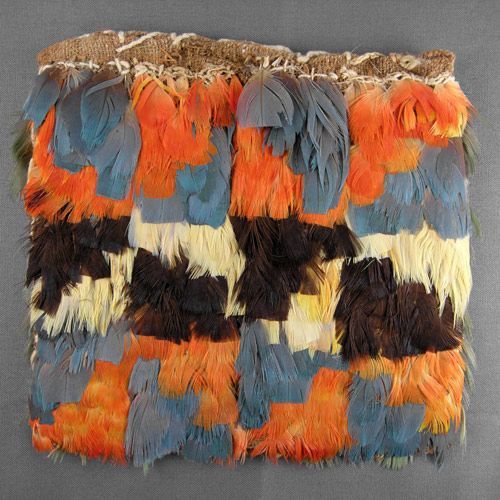

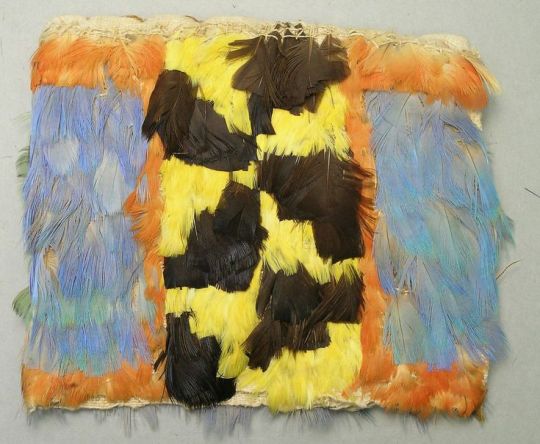


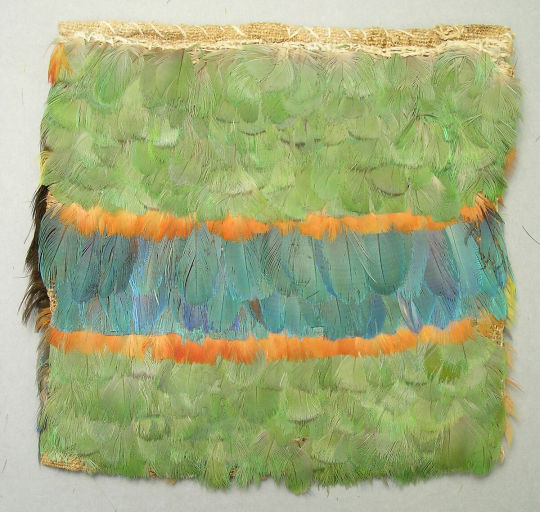



☀Miniature Dress | Ica
Colorful bird feathers were highly prized items in ancient Peru and textiles covered with them are among the most spectacular and luxurious works made in the Precolumbian world. This miniature feathered dress is one of a large group of similar garments reportedly found in an offering at Ullujaya in the lower Ica Valley in southern Peru. The miniatures are one-fourth to one-third the size of full-sized garments
5 notes
·
View notes
Note
11, 22? ✨
Hii
11. Nothing concrete, but I want to keep having time to do things slowly
22.I visited a cool precolumbian textile museum, it was amazinggg
1 note
·
View note
Photo










The Poncho
Art and Tradition
curators :Javier Eguiguren Molina, José Eguiguren Molina, Roberto Vega
Vega & Eguiguren, Buenos Aires 2001, 72 pages, ISBN 9789879838631
euro 80,00
email if you want to buy :[email protected]
This catalogue has been published in conjuction wtih the exhibition “The Poncho, Art and Tradition” held at the National Decorative Art Museum. Buenos Aires, Argentina, October/November 2001 . Ponchos from private and public collections. Covers these textiles from Precolumbian Andes to contemporary central America.
orders to: [email protected]
twitter: @fashionbooksmi
flickr: fashionbooksmilano
instagram: fashionbooksmilano
tumblr: fashionbooksmilano
#poncho#precolumbian textiles#contemporary central american textiles#peruvian textiles#tessuti etnici#fashion inspiration#textile books#fashionbooks#fashionbooksmilano
8 notes
·
View notes
Text
I have compulsively pestered the institution, with citations.
one of which was THIS Nasca pot, held at the Art Institute of Chicago. Same rough timeframe! Absolutely no ambiguity!

(I also found a few books on Andean textiles that I didn't already own. Contemplating whether they are within my nonexistent budget.)
I am very neurotypical about all this (sarcasm)
I was just in Detroit, for reasons, and stopped in at their Detroit Institute of Arts
and now I have to compose an email to the curation team
because I believe that they are Wrong about this pot:
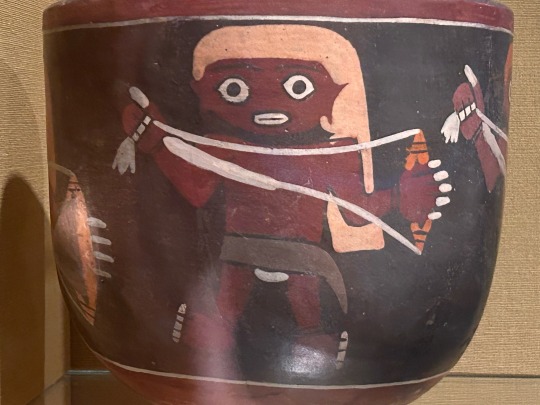
The display label said “Bowl Painted with Children Spinning Yarn, about 400, Ceramic, Unknown artist, Nasca culture, Peru.” (The collection label is “Bowl Decorated with Men Spinning, between 200 BCE and 200 CE, Nazca, Precolumbian” which is a weird discrepancy but not the point)
The point is, this simply isn’t what spinning looks like. I don’t think anyone in human history has attempted to make yarn this way. It is certainly not how the Nasca bead spindle or the modern Southern Quechua pushka are used.
I’m fairly certain that they are actually holding slings, slingshots. Virtually unchanged from the Nasca culture to the modern Southern Quechua, with a tassel at one end and a slit pouch.
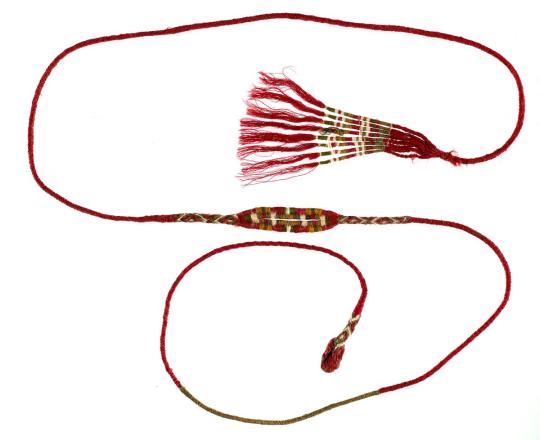
@tlatollotl care to give me a vibe check? before I compulsively pester an institution?
#nasca#nazca#peruvian textiles#quechua#quechua art#museum#museum curator#precolumbian#precolumbian art#waraka#huaraca#honda#sling#slinging#slingshot#Peru#andes
135 notes
·
View notes
Photo


Unku (ceremonial tunic) with designs of stylized figures - Huari style, 600 AD - 900 AD
Kelim tapestry in cotton and camelid fibre
Museo de Arte de Lima
144 notes
·
View notes
Text


~ Headband.
Culture/Period: Wari-related, Middle Horizon
Date: A.D. 500–800
Place of origin: probably South or Central Coast, Perú
Medium: Cotton larkshead knotted ground with supplementary cut pile.
#6th century#9th century#precolumbian#ancient america#perú#peruvian#headband#textile#south Coast#south America#Central coast#wari#middle horizon period#history#archeology#museum#a.d. 500#a.d. 800
217 notes
·
View notes
Photo

Beanie hat organic Andes #home #sports #textile #history #art #tapestry #Andes #handmade #history #living room #happy #sandiego #canada #usa #deutschland #newyork #precolumbian #fashion #bohemian #hippie #primitive #skiing #manhattan #mountains #austin #dallas #texas #planet #earth #gifts see BIO (at Cedar Park, Texas) https://www.instagram.com/p/BzHjm-4Bugj/?igshid=13yggj0vc4cpd
#home#sports#textile#history#art#tapestry#andes#handmade#living#happy#sandiego#canada#usa#deutschland#newyork#precolumbian#fashion#bohemian#hippie#primitive#skiing#manhattan#mountains#austin#dallas#texas#planet#earth#gifts
0 notes
Photo

Unku Wari (Horizonte Medio, 600-900 d.C.). Tapiz kelim en algodón y lana de camélido. Museo de Arte de Lima. (en MALI - Museo de Arte de Lima)
#lima#tapiz#precolumbian#wari#museo#peru#algodon#igerslima#textile#mali#textil#prehispanico#cotton#museum#igersperu
12 notes
·
View notes
Text

https://www.jstor.org/stable/25701595
Cochineal Red: The Art History of a Color
Elena Phipps
The Metropolitan Museum of Art Bulletin
New Series, Vol. 67, No. 3, COCHINEAL RED: The Art History of a Color (WINTER 2010), pp. 4-48
“...discusses the origin of the red colorant derived from the insect cochineal, its early use in Precolumbian ritual textiles from Mexico and Peru, and the spread of the American dyestuff through cultural interchange following the Spanish discovery and conquest of the New World in the 16th century”
#art#art history#animals in art#insects in art#cochineal#cochineal red#textiles#metropolitan museum of art
0 notes
Photo
ohhhh noooo it has the saddest eyes
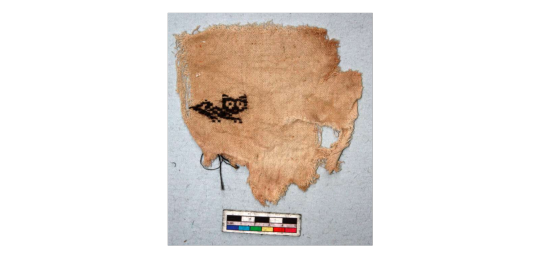
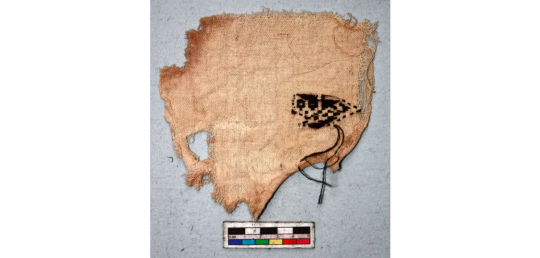
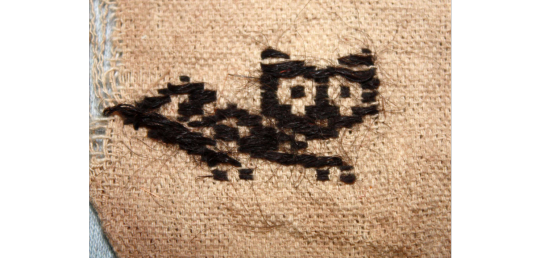
textile
Cultures/periods: Chimu (?) Chancay (?)
Production date: 900-1430
Made in: Peru
Provenience unknown, possibly looted
Textile fragment; cotton plain weave ground with paired warps; camelid supplementary weft patterning; feline figure; cream and black.
British Museum
#precolumbian#Precolumbian art#andean#Andean textiles#textile art#chancay#chimu#Peru#peruvian art#Peruvian textiles
30K notes
·
View notes
Photo

Weaving & Mezcal retreat from August 28 - September 2, 2019 Only 8 spots! Location: Oaxaca, Mexico Repost for @distillcreative Join us in Oaxaca for our Weaving & Mezcal retreat from August 28 -September 2, 2019! This retreat will teach you the skills of weaving, natural dye, and embroidery while giving you plenty of time to explore the art and culture of Oaxaca and nearby village Teotitlán del Valle. Registration includes: - 3-day weaving workshop - Natural dye demo - Embroidery workshop - Hotel 5-night stay - Group lunches - Visit to artisanal mezcal distillery - Mezcal tasting - Transportation within Oaxaca - Lunches & dinners - Optional group market visits, trips to local print shops, art galleries, textile museum, and botanical garden. This retreat is over Labor day weekend 2019. It will be a perfect time to visit Oaxaca and an amazing opportunity to flex your creative muscles before diving into the end of year work grind. The retreat is capped at 8 participants so register at link in profile ASAP! #mexicanarts #create #mexico #craftsmanship #artisinal #threads #weaving #mexicotourism #oaxaca #mezcal #naturaldyes #precolumbian #madeinmexico #fiberarts #weavingworkshop #makersgonnamake #weaversofinstagram #makers #instaarts #crafts #fibers #embroidery #embroideryart #textile #arte #museo #mexicanfood (at Oaxaca, Mexico) https://www.instagram.com/p/BvKjsIcFz3X/?utm_source=ig_tumblr_share&igshid=hgd0ygb780y9
#mexicanarts#create#mexico#craftsmanship#artisinal#threads#weaving#mexicotourism#oaxaca#mezcal#naturaldyes#precolumbian#madeinmexico#fiberarts#weavingworkshop#makersgonnamake#weaversofinstagram#makers#instaarts#crafts#fibers#embroidery#embroideryart#textile#arte#museo#mexicanfood
0 notes
Photo

#paracas #argüelloarts @arguelloarts #indigenous #precolumbian #peru #textile (at Williams, Arizona) https://www.instagram.com/p/BoAsL7kH099/?utm_source=ig_tumblr_share&igshid=1unk68yw6aiof
0 notes
Note
22
hiya this year i went to a local precolumbian textile museum called amano, it was a good experience !!😊 and next week i'm going on a trip to coastal cities
1 note
·
View note
Photo

Wari mantle with Andean cross, Wari Artisans 700 A.D. - 1200 A.D.
Mantle or fabric wall used by the Wari nobility, made with discontinous warp and weft and tie-dyed technique
Location Created: Huayuri, Nazca, Ica, Perú
Collection of Amano Precolumbian Textile Museum
122 notes
·
View notes
Text

~ Featherwork tunic front.
Culture: Peruvian
Date: A.D. 400–800
Place of origin: Perú
Medium: Cotton plain weave ( 2 pieces stitched together vertically), embroidered with feathers.
#ancient#ancient history#ancient textile#ancient America#ancient peru#history#archeology#museum#south America#perú#peruvian#precolumbian#featherwork tunic fragment#feathers#featherwork#tunic#fragment#embroidery#a.d. 400#a.d. 800
133 notes
·
View notes